Sign up. Be inspired. Get clicking.
What sustainable aviation fuel programs exist today?
1 January 2023
Sustainable aviation fuel (SAF) is produced from non-petroleum sources and helps reduce emissions from flying. The International Civil Aviation Organization (ICAO) reports that over 360,000 flights have utilised SAF at 46 airports, primarily in the US and Europe.
Aviation is responsible for 2% of global carbon dioxide emissions and accounts for 12% of transportation emissions. ICAO's CORSIA initiative aims to maintain CO2 emissions at 2020 levels until 2035.
The aviation industry aspires to achieve carbon neutrality by 2050, with SAF regarded as the most promising short-term solution to realise this objective.

Introduction to sustainable aviation fuel
Sustainable aviation fuel (SAF) represents a significant advancement for aviation. It is a biofuel that can be blended with conventional jet fuel. This combination brings substantial benefits for the environment and for aircraft performance.
SAF can reduce greenhouse gas emissions by up to 94% compared to standard jet fuel, making it crucial for the aviation sector to achieve its sustainability objectives.
Definition and benefits of sustainable aviation Fuel
SAF integrates seamlessly into aircraft and fuel systems, resulting in substantial advantages for improved air quality. The benefits of biofuel include reduced carbon emissions, enhanced fuel efficiency, and the utilisation of waste materials such as plant residues and discarded items.
Global aviation emissions and the need for sustainable fuels
Aviation is a significant contributor to carbon emissions, accounting for 2-3% of global emissions. With air travel increasing, the need for renewable fuels in aviation has never been more urgent. Sustainable jet fuels like SAF assist in lowering the industry's carbon footprint and support objectives for carbon reduction in air travel and more sustainable aircraft.
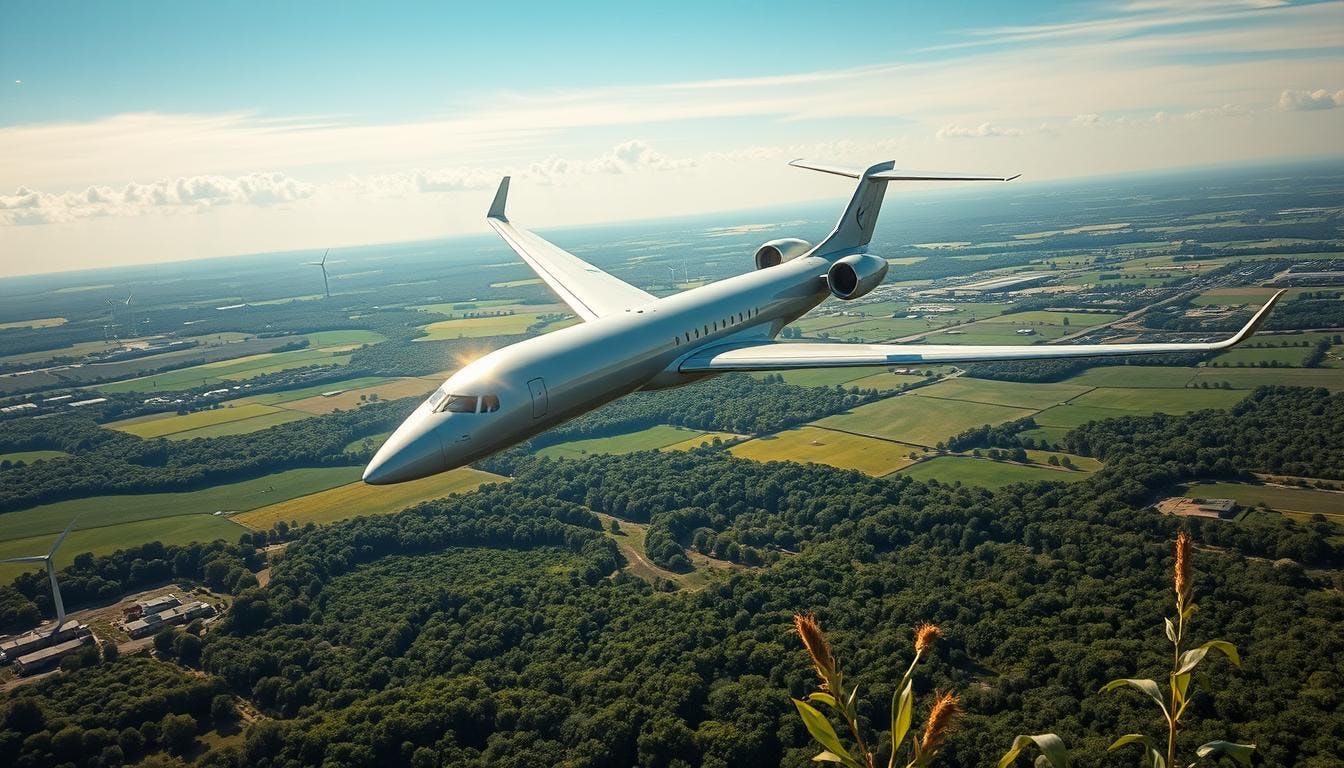
Sustainable aviation fuel programmes worldwide
The world is making significant strides towards making flying more sustainable. Numerous large programmes for sustainable aviation fuel (SAF) have been initiated. A key initiative is the International Civil Aviation Organization's (ICAO) Carbon Offsetting and Reduction Scheme for International Aviation (CORSIA), which aims to keep CO2 emissions from aviation at 2020 levels until 2035.
ICAO CORSIA programme
CORSIA is crucial for promoting sustainable aviation. It establishes a global framework for airlines to reduce their emissions. Airlines have the option to purchase carbon credits or utilise SAF to help achieve this objective. The overarching aim is to make aviation carbon-neutral by 2050.
Sustainable aviation fuel grand challenge
In the US, the Sustainable Aviation Fuel Grand Challenge was launched in 2021. This initiative represents a substantial government effort to increase the use of SAF. The target is to produce 3 billion gallons of SAF by 2030 and 35 billion by 2050, while also aiming to reduce greenhouse gas emissions by at least 50%.
Sustainable aviation fuel production
Sustainable Aviation Fuel (SAF) is essential for reducing carbon emissions in aviation. It is produced from various renewable sources, such as waste, plants, and algae, which are transformed into a cleaner alternative to conventional jet fuel.
Approved pathways and feedstocks for SAF production
There are seven approved methods for producing SAF, each utilising different feedstocks. The most prevalent is the HEFA (Hydroprocessed Esters and Fatty Acids) pathway, which employs vegetable oils and fats. Other methods include Alcohol-to-Jet and eFuels, which utilise electricity and hydrogen.
Commercial SAF producers and their initiatives
Companies such as World Energy, Neste, and Montana Renewables are at the forefront of SAF production. They collaborate with airlines to supply more sustainable fuel. As demand increases, more producers are expected to enter the market to help decrease aviation's carbon footprint.
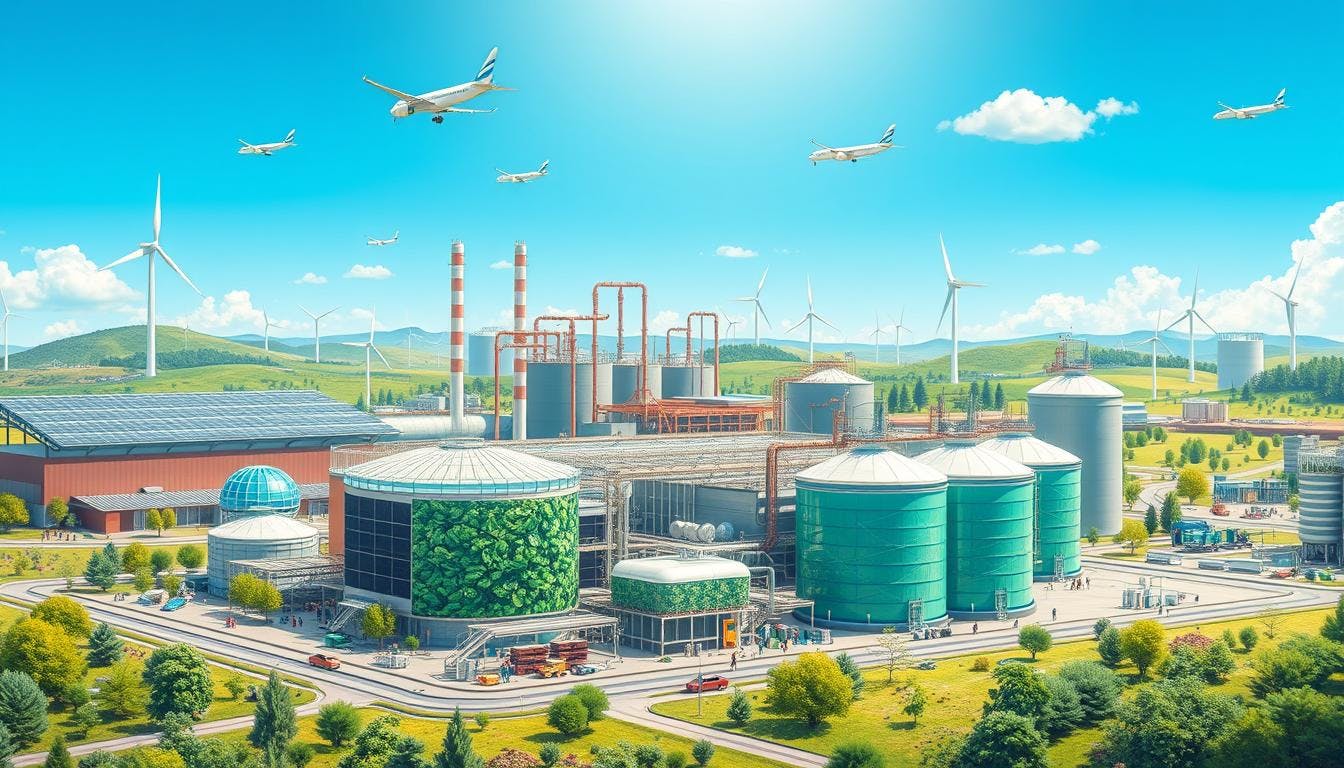
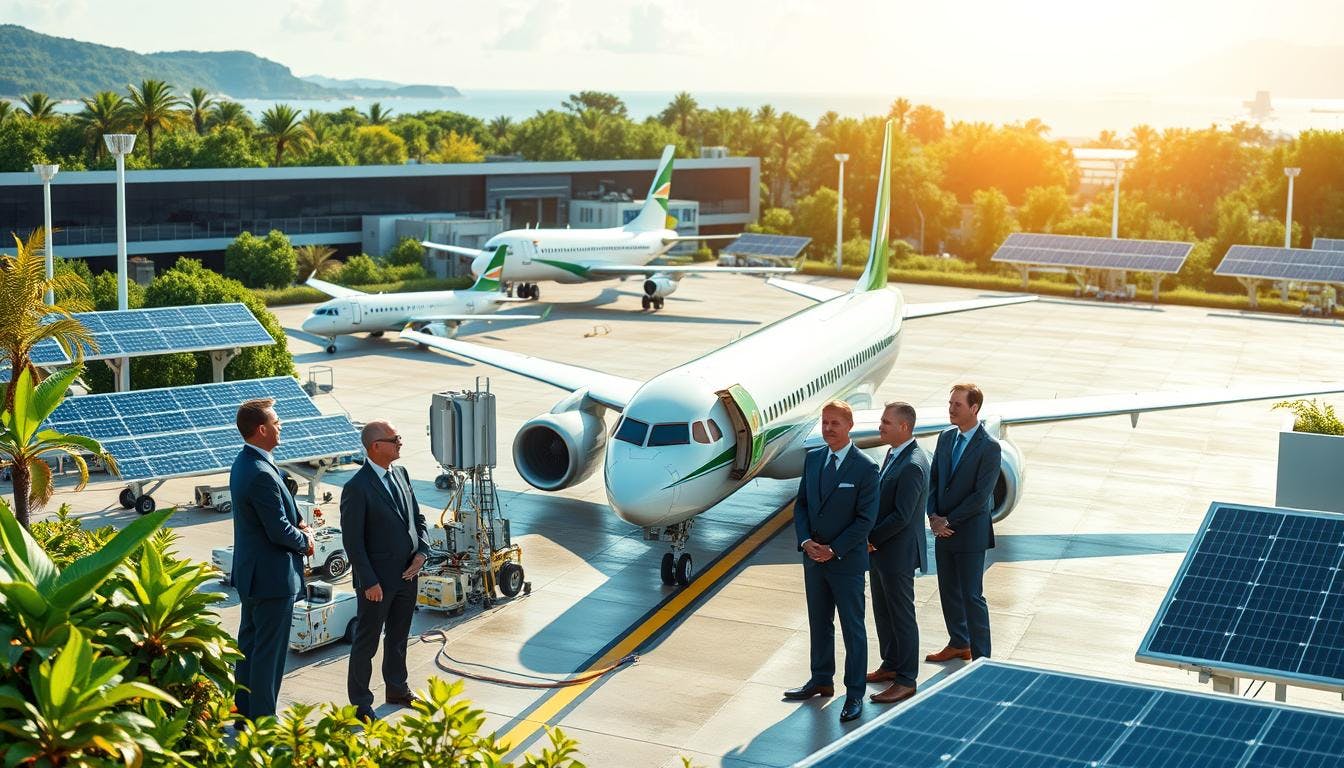
Sustainable aviation fuel programmes
Airlines and airports worldwide are making significant strides towards sustainable aviation fuel (SAF) programmes. These initiatives are essential for reducing the aviation industry's environmental impact and for meeting global targets for emission reductions.
Airline and airport initiatives
Major airlines have established partnerships with SAF producers, blending SAF with conventional jet fuel for their aircraft. Many airlines have set ambitious targets for utilising SAF, demonstrating their commitment to sustainability.
Airports also play a vital role in procuring SAF and facilitating its distribution. Airports in California and Colorado are at the forefront of these initiatives, making it easier for more locations to adopt SAF.
Government support and incentives
Governments around the world recognise the importance of sustainable aviation fuel programmes and are providing support and incentives to promote the growth of SAF. In the US, the Sustainable Aviation Fuel Grand Challenge aims to produce 3 billion gallons of SAF by 2030, with a target of 35 billion gallons by 2050.
This initiative is backed by policy support for sustainable aviation fuels, including financial assistance, tax incentives, and other forms of support for the SAF market. The transition to sustainable fuels is a significant step towards a cleaner future. Airlines, airports, and governments are collaborating, and their efforts highlight the industry's dedication to enhancing sustainability and reducing its environmental impact.
Sustainability and lifecycle emissions
The sustainability and lifecycle emissions of sustainable aviation fuel (SAF) are crucial. Using 100% SAF can reduce greenhouse gas emissions by up to 94%, depending on the feedstock and production method.
Renewable and waste-based feedstocks, along with advanced production techniques, enable SAF to lower emissions significantly. These reductions occur throughout the entire lifecycle, from growing the feedstock to burning the fuel in aircraft.
Lifecycle emissions for sustainable aviation fuels are quantified in grams of CO2 equivalent per megajoule (gCO2e/MJ). This measurement encompasses both core life cycle assessment (LCA) emissions and induced land-use change (ILUC) emissions. The core LCA emissions cover stages from the cultivation of feedstock to the combustion of the fuel. ILUC emissions are associated with additional land use and greenhouse gas emissions resulting from displaced crops or livestock.
The International Civil Aviation Organization (ICAO) reports that U.S. domestic flights emitted 150 million metric tons of CO2 in 2019, accounting for nearly 3% of the country’s total emissions. With air travel projected to grow, emissions could nearly double by 2050 in the U.S. and globally.
Utilising crops to fuel aircraft could lead to an increase in emissions by 340 million metric tons, equivalent to the emissions from 75 million gasoline-powered vehicles. To reduce the environmental impact of aviation, the adoption of sustainable aviation fuels is essential. By leveraging renewable and waste-based feedstocks along with advanced production methods, SAF can significantly lower emissions, thereby contributing to the aviation industry's objective of reducing its carbon footprint.
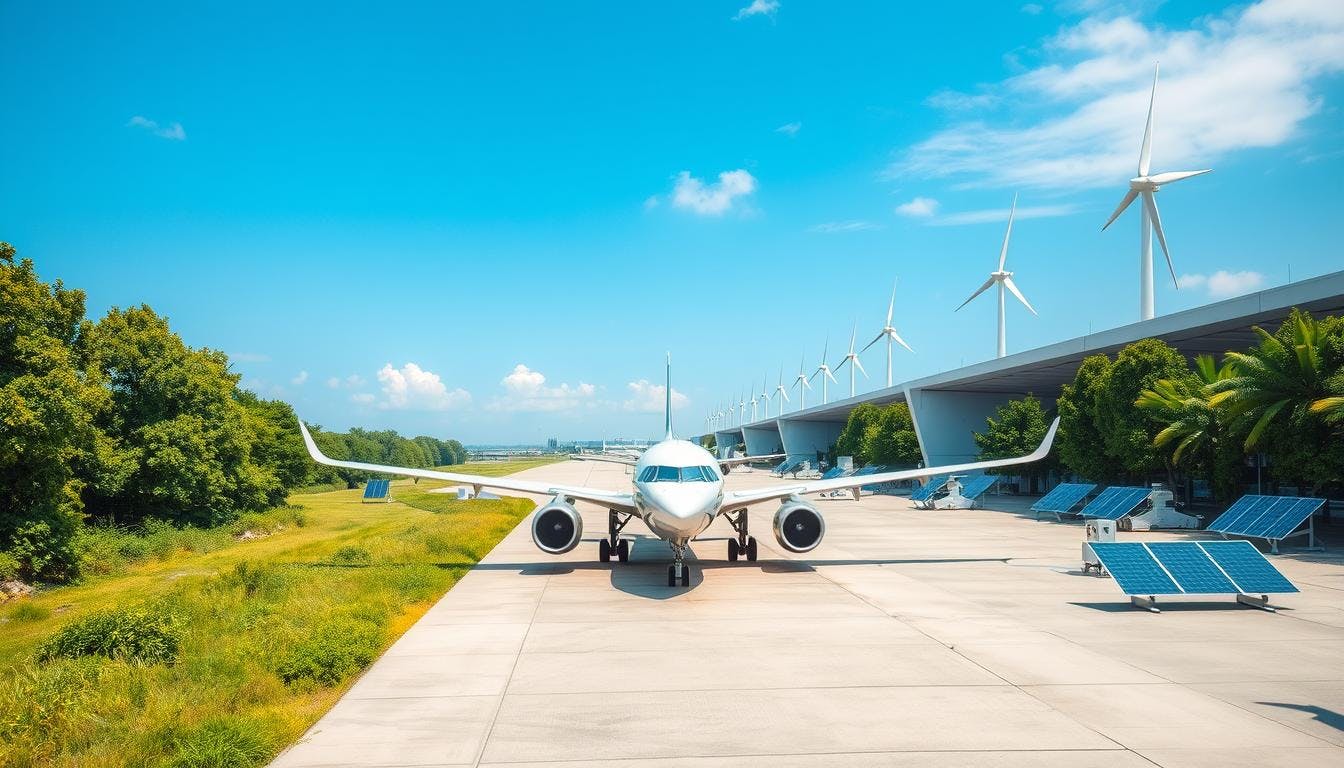
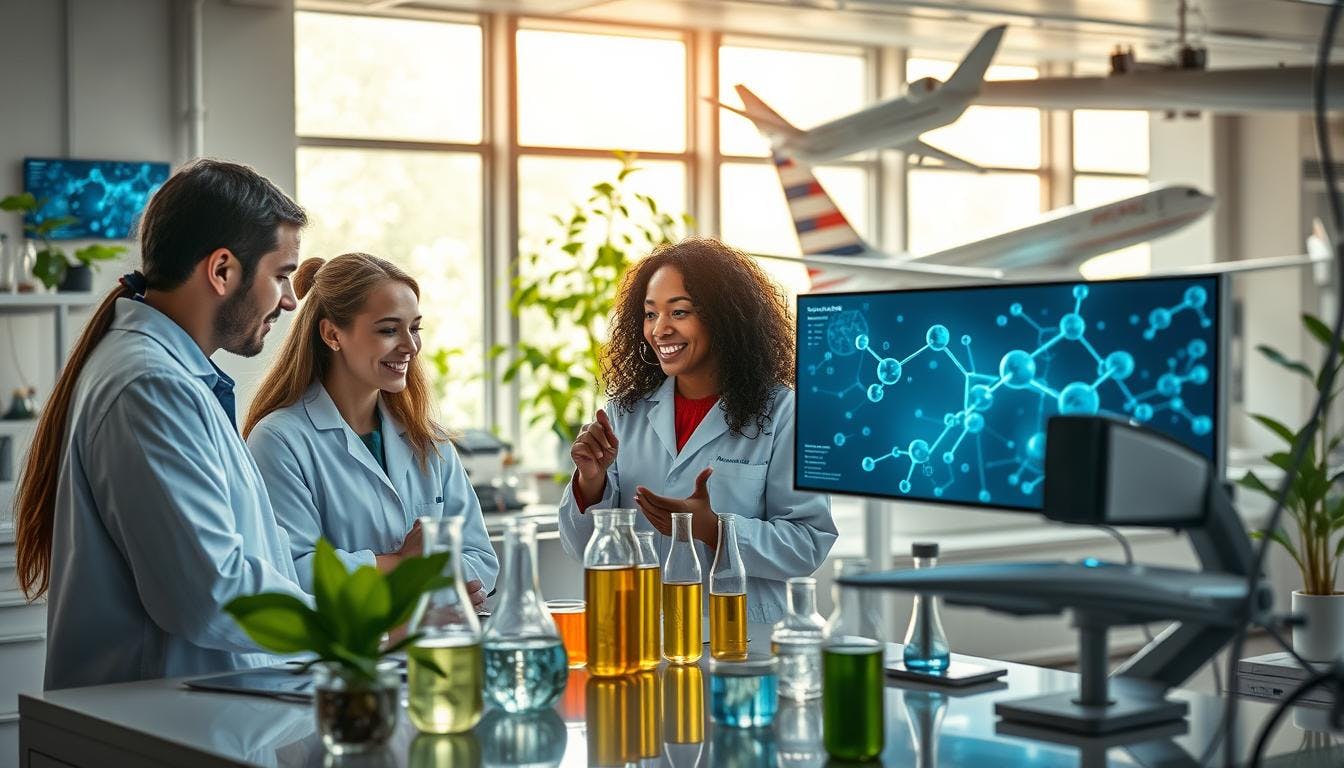
Distribution and infrastructure
The aviation sector is diligently working to reduce carbon emissions, making the distribution and integration of Sustainable Aviation Fuel (SAF) crucial. SAF must be blended with conventional Jet A fuel before it can be used by aircraft. This blending occurs at fuel terminals, which may be located close to airports or at greater distances.
The mixed fuel is then transported to airports via pipeline or truck. This process does not significantly alter existing fuel operations; instead, it aims to streamline the fuel supply chain.
To maintain high fuel quality, it is essential to test SAF before it reaches the airport. This ensures that the SAF distribution and supply chain logistics remain robust and that the aviation fuel infrastructure can accommodate the new fuel seamlessly. Leveraging existing knowledge about fuel blending facilitates the transition to SAF.
Blending and supply chain considerations
The success of SAF is contingent upon effective blending and management. Fuel terminals and pipelines can incorporate SAF into jet fuel efficiently, making the transition to SAF straightforward.
Maintaining fuel quality is paramount, as safety and performance must not be compromised. Early testing of SAF guarantees that it meets all necessary standards, instilling confidence in airlines and passengers to use a reliable and sustainable fuel.
Research and development efforts
The aviation industry is making significant progress towards enhanced sustainability, thanks to the efforts of government agencies such as the U.S. Department of Energy. They are investigating new biofuel technologies and advanced SAF production methods to identify innovative aviation fuel solutions.
Emerging SAF pathways and technologies
The industry is exploring novel approaches to producing sustainable aviation fuels. This includes investigating the use of wet waste, bio-based polycyclic alkane SAF, and SAF derived from carbon-rich waste gases. These new techniques could substantially contribute to making air travel more sustainable and assist in achieving a sustainable future.
Through collaboration and strategic investments, the aviation sector is poised to adopt these emerging SAF pathways and technologies. This progress will enhance the industry's sustainability and resilience. By working collectively, we can achieve significant objectives, such as the Jet Zero Council's aim for 10% sustainable aviation fuel in the UK by 2030, and the U.S. Aviation Climate Action Plan's goal of attaining net-zero greenhouse gas emissions from U.S. aviation by 2050.
Economic and job creation impacts
The growth of the sustainable aviation fuel (SAF) industry presents significant economic opportunities and job creation across the United States. Producing SAF from renewable and waste resources opens up new prospects in agricultural communities. It also benefits the environment and enhances aircraft performance.
By increasing domestic SAF production, we can sustain the advantages of the biofuel industry. This expansion creates jobs in feedstock production, biorefinery operations, and the aviation sector nationwide.
SAF can be blended with conventional jet fuel up to 50% without requiring modifications to aircraft or infrastructure. However, currently, only 0.2% of global jet fuel is SAF. This limited adoption is due to the high costs of biofuel production and the need for specialised processing. SAF has the potential to reduce emissions by up to 80% compared to traditional fuels, which is advantageous for the environment.
The production of SAF provides economic opportunities, particularly in rural areas where feedstock is cultivated. Establishing SAF facilities creates jobs in these regions, thereby boosting the local economy. Furthermore, transitioning to SAF supports the growth of the biofuel industry, preserving existing jobs and generating new ones in aviation.

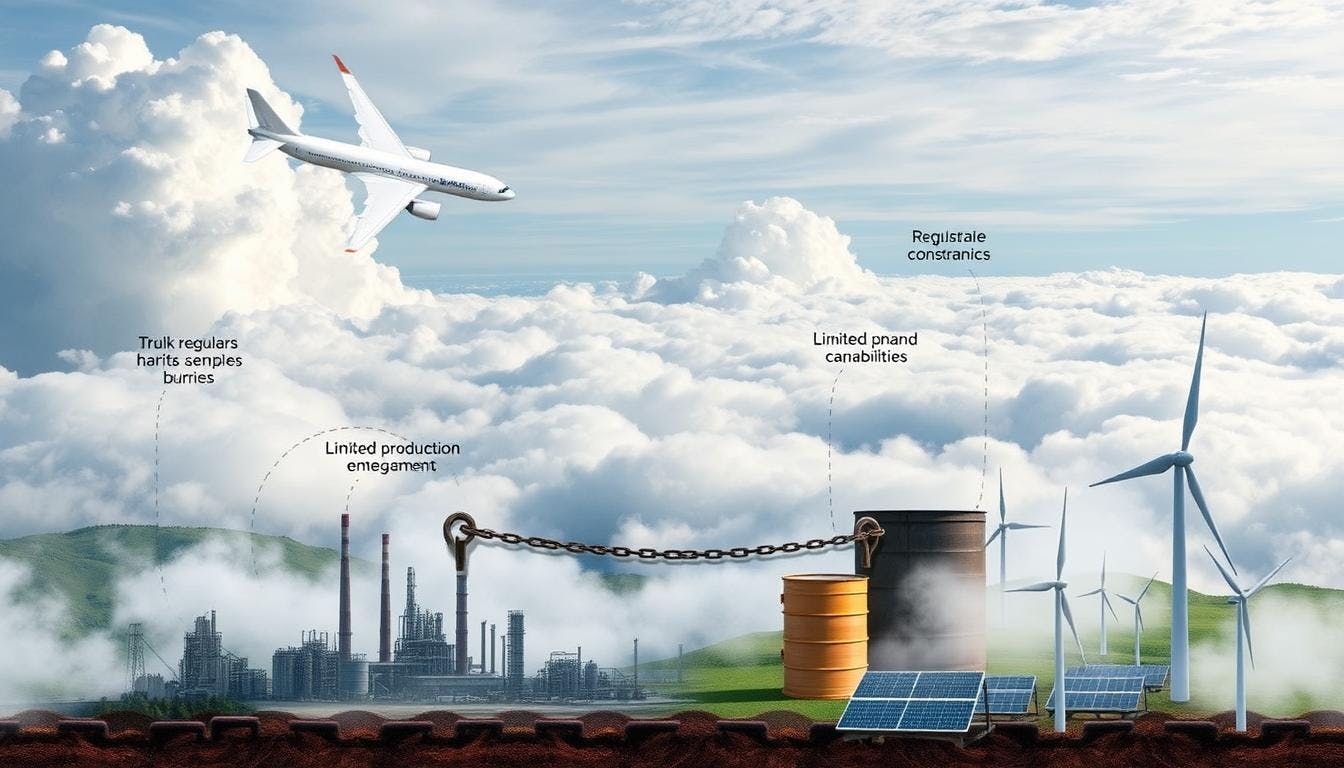
Challenges and barriers to widespread adoption
SAF has numerous benefits, but its adoption is slow. A significant challenge is its higher cost compared to conventional jet fuel. The production of SAF remains expensive, which hinders its uptake in the aviation sector.
Scalability is another concern. Current production levels of SAF do not meet demand, creating a gap that makes widespread utilisation difficult.
Strong policies and regulations are essential for increasing the prevalence of SAF. Governments need to provide support and ensure a level playing field for all stakeholders. This approach will encourage the growth of SAF production and usage.
Cost competitiveness and scalability issues
The high cost of SAF is a major barrier to its adoption. It is more expensive than conventional jet fuel, making it challenging for airlines to implement. Additionally, current production levels are insufficient to meet demand.
Policy and regulatory frameworks
Robust policies and regulations are crucial for the success of SAF. Governments should offer incentives such as tax breaks or subsidies to stimulate production and usage.
It is also important to establish consistent regulations across the board. This ensures that SAF is produced and utilised sustainably, allowing all industry participants to compete fairly.
Future outlook and projections
The future of sustainable aviation fuel (SAF) is promising. The international aviation industry has ambitious plans to increase its usage. In the U.S., the Sustainable Aviation Fuel Grand Challenge aims to utilise 3 billion gallons by 2030, with a target of 35 billion gallons by 2050.
The aviation sector also strives to achieve carbon neutrality by 2050. This objective will require substantial investment, supportive policies, and collaboration from all stakeholders involved.
Industry goals and targets for SAF utilisation
Achieving these industry SAF goals and biofuel utilisation targets is crucial for reducing aviation's carbon footprint. The U.S. Aviation Climate Action Plan sets a target for net-zero emissions by 2050. Sustainable aviation fuels could potentially reduce emissions by up to 100%.
This makes them vital for the industry's sustainability efforts. With a bright future ahead, the aviation sector is poised to take the lead in promoting sustainability.


Case studies and success stories
Across the globe, there is a rise in SAF case studies and sustainable aviation fuel success stories. These examples highlight the growth of low-carbon biofuels in aviation and demonstrate how biofuel adoption initiatives and pioneering SAF projects are making flying more sustainable.
In New Zealand, the government is collaborating to produce SAF, aiming to supply enough for a quarter of the country's flights, which will boost the economy and create jobs. This initiative could save up to 89% of emissions, representing a significant advancement for the environment.
Major players in aviation are also taking action. The International Airlines Group (IAG) aims to achieve carbon neutrality by 2050, with plans to reduce emissions by 10% by 2025 and 20% by 2030. Rolls-Royce is targeting net-zero emissions in its operations by 2030, recognising the need for collaboration to succeed.
Stakeholder collaboration and partnerships
To make sustainable aviation fuel (SAF) widely adopted, we need collaboration. Airlines, airports, fuel producers, governments, and research organisations must join forces. They should share knowledge and explore new methods to produce, distribute, and utilise SAF.
Strong partnerships will help us progress towards a more sustainable future. By working together, we can address the significant challenges associated with using SAF, thus reducing carbon emissions from flying.
Effective communication and collaboration within the aviation sector are essential. We need alliances and events to advocate for change and advancement in sustainability. Only through collective effort can we overcome obstacles such as high costs and insufficient SAF production. This approach will enable more sustainable flying practices.
17 South Street
Auckland 1010
New Zealand
info@carbonclick.com- -
- X
Subscribe now to stay up to date with CarbonClick, carbon offsetting and climate action.
By signing up you agree to our Privacy Policy.


